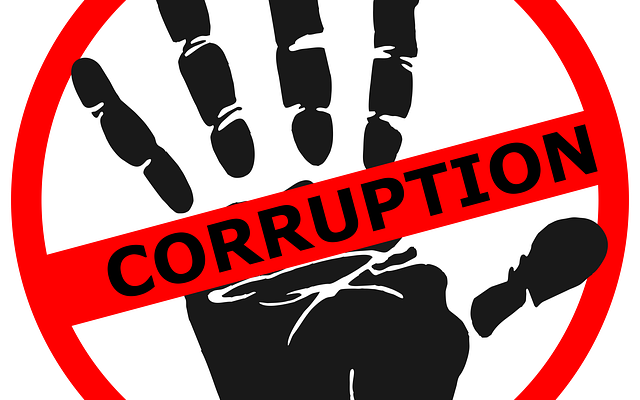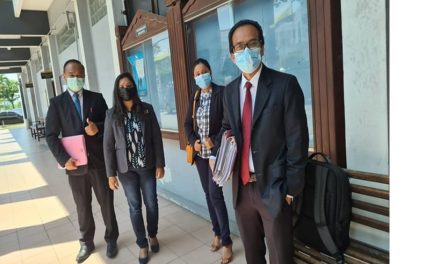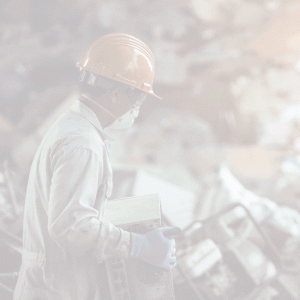AS the 1Malaysia Development Bhd (1MDB) trial continues, the implementation of Section 17A of the Malaysian Anti-Corruption Commission (MACC) Act 2009 is fast approaching.
On June 1 next year, Section 17A will come into force, imposing steep penalties for corporate corruption.
The Corporate Liability Provisions of Section 17A criminalise commercial organisations if their employees or associates had committed bribery.
Furthermore, where such an organisation commits an offence, its directors, controllers, officers, partners, or managers are deemed to have committed the same offence unless the organisation is able to demonstrate that it had in place procedures designed to prevent corrupt practices.
This means the burden of proof is shifting to businesses, exposing companies to not just reputational damage and loss of customer confidence, but also penalties in the form of a fine – not less than 10 times the value of the gratification or RM1 million, whichever is the higher amount; imprisonment for a term not exceeding 20 years; or both.
With only months to go before the amendment becomes law,the pressure is on corporate compliance functions to ensure they have adequate procedures to prevent corruption from taking place.
These will have to be part of a compliance programme that must satisfy local law, regulatory anti-bribery and anti-corruption regimes, as well as additional requirements relating to corporate social responsibility, sanctions, conflict minerals, as well as human trafficking and slavery.
Other pressures for corporate compliance functions also include the high-volume of third parties in every supply and distribution chain,the influx of international money with potentially high-risk origins, the nature of compliance as a cost centre requiring expensive labour-intensive processes and the perception of compliance as a ‘barrier to business’.
The training includes but is not limited to:
Induction programmes featuring anti-corruption elements;
Role-specific training, which is tailored to corruption risks the position is exposed to;
Corporate training programmes, seminars, videos, and in-house courses; and
Intranet or web-based programmes.
Keep audit trails of historical records based on event sequence, which provide proof of compliance and operational integrity.
Audit trails can identify areas of non-compliance by providing information for audit investigations.
Demonstrate due diligence
It is important for a company to foster a culture of due diligence across all parts of its business. Companies should foster such a culture with a baseline standard for due diligence essential to building an adequate compliance programme.
With due diligence, however, how should a company determine how much is too much? Automating the high-volume due diligence requirements can be a strong initial step, as this helps companies carry out a baseline level of due diligence in areas, such as identifying high-risk individuals and entities.
Using this approach can highlight areas of risk which warrant a greater level of due diligence, helping companies strike a balance between under-complying and over-spending.
While those listed above are key areas to focus on, they are, however, not exhaustive. Having a strong compliance programme in place before Section 17A takes effect will create a strong defence against corruption.
A good compliance programme can create time, cost, and risk efficiencies by sharing information across compliance processes and risk processes; increase protection against reputational risks; and foster stronger relationships with suppliers, thereby obtaining better pricing and services through the higher-quality information yielded from due diligence.
The authorities could be keen to find early prosecutions under the new Section 17A. Don’t let that be your company.
CHARLES THOMAS
Director of Anti-Bribery and Corruption, LexisNexis Risk Solutions









